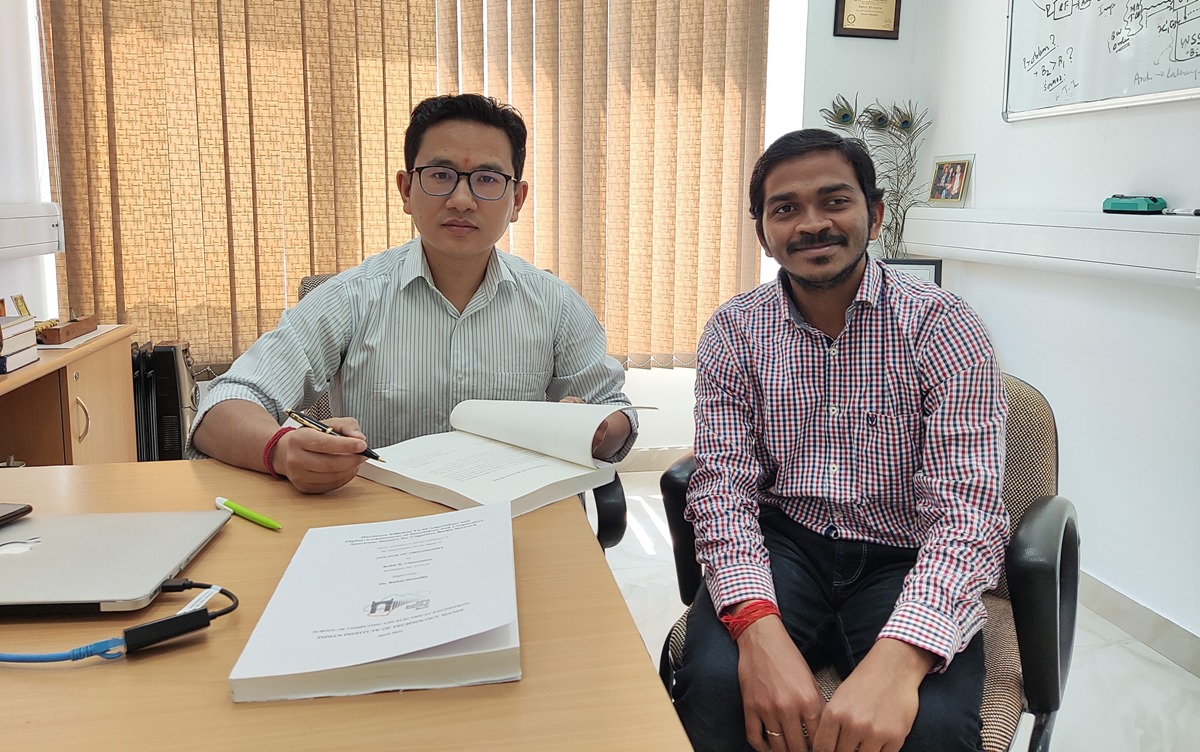IIT-Mandi to host ‘5G Use Case Lab’
The DoT officially awarded the 5G use case Lab to the School of Computing and Electrical Engineering (SCEE), IIT-Mandi on October 27, 2023 at IMC-2023 at the Pragati Maidan
The state-of-art solutions in telecommunications technologies developed by the researchers can enhance the reusability of the radio frequency spectrum to meet the growing demand for data communication in future wireless communication applications.

Researchers at the Indian Institute of Technology (IIT) Mandi have developed state-of-art solutions in telecommunications technologies that can enhance the reusability of the radio frequency spectrum to meet the growing demand for data communication in future wireless communication applications.
The findings of the researchers have recently been published in IEEE Transactions on Consumer Electronics, and other IEEE journals such as IEEE Transactions on Very Large-Scale Integration (VLSI) Systems and IEEE Transactions on Circuits and Systems – I. These papers have been authored by Dr. Rahul Shrestha, an assistant professor at IIT Mandi, and his research scholar Rohit B Chaurasiya.
Radiofrequency waves or spectrums, as they are known in the telecommunication field, are low-energy radiation used in wireless communication. The wireless radio frequency spectrum is a limited resource and is allocated by governments to telecom companies through a licensing process.
Advertisement
The rapid growth in wireless communication technology in recent years and the projected exponential increase due to mass adoption of technology such as fifth-generation new-radio (5G-NR) and the Internet of Things (IoT) are expected to result in a massive demand for spectrum bands.
Dr. Rahul Shrestha said given the fixed-spectrum allocation policy by many governments around the world, including ours, it becomes important to use the available spectrum intelligently. Cognitive Radio Technology is considered one of the best ways to optimize spectrum use.
Not all parts of the spectrum band licensed to a telecom company (called primary user or PU) are used all the time by the PU. The idea of Cognitive Radio Technology is that a wireless device such as a cell phone, used by the secondary user (SU) can be fitted with a special sensor that can detect such spectrum holes, (spectrum parts that are not used by the PU) and use them when the main channel is unavailable or crowded.
This forms the basis of a dynamic-spectrum access policy that can overcome shortages of available spectrum at a given time. The spectrum-hole detecting sensor that is built into the SU’s device is called a Stand-Alone Spectrum Sensor (SSSR).
He stated that the SSSR’s detection capability is often less than satisfactory due to problems such as hidden-node and signal-to-noise ratio (SNR)-wall problems. This leads to the unreliability of performance when the SSSR is used in real-time.
Work is on a technology in which the wireless device at the SU end is not equipped with an SSSR, but rather transmits the received parts from the spectrum band to a data-fusion center (DFC). The DFC then digitises these parts and processes them using a single cooperative-spectrum sensor (CSR) instead of using device-level SSSR. The reliable decision is broadcast to all the SU devices for opportunistic communication.
“We have proposed implementation-friendly algorithms for cooperative spectrum sensing with lower computational complexity and have also developed multiple new hardware architectures for CSR and their submodules,” informed Dr. Rahul Shrestha.
This digital CSR ASIC-chip developed by IIT Mandi delivers excellent detection reliability of the PU under real-world channel scenarios with the best hardware efficiency and fast sensing time. The CSR chip can be used with any handheld mobile wireless communication device for accessing the unused spectrum. Specifically, it can be used in future 5G and 6G wireless communication technologies for enhancing spectral efficiency.
“In addition, this will enable massive deployment of IoT-based networks where numerous connected devices can use spectrum holes for break-less communication. The specific uses of cooperative spectrum-sensing technology in India cannot be understated and will help in establishing broadband services in remote and rural parts of the country,” he added.
Advertisement